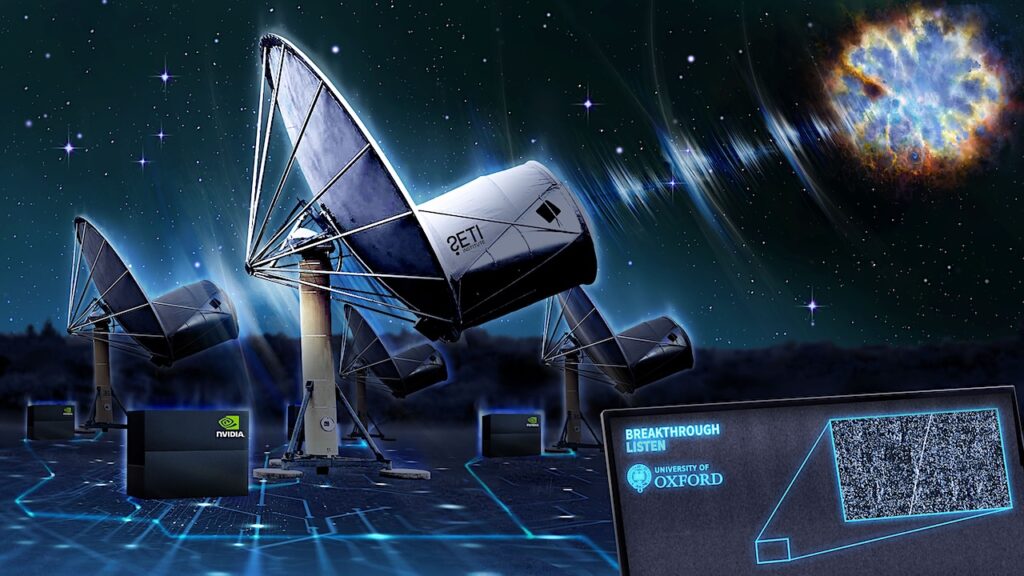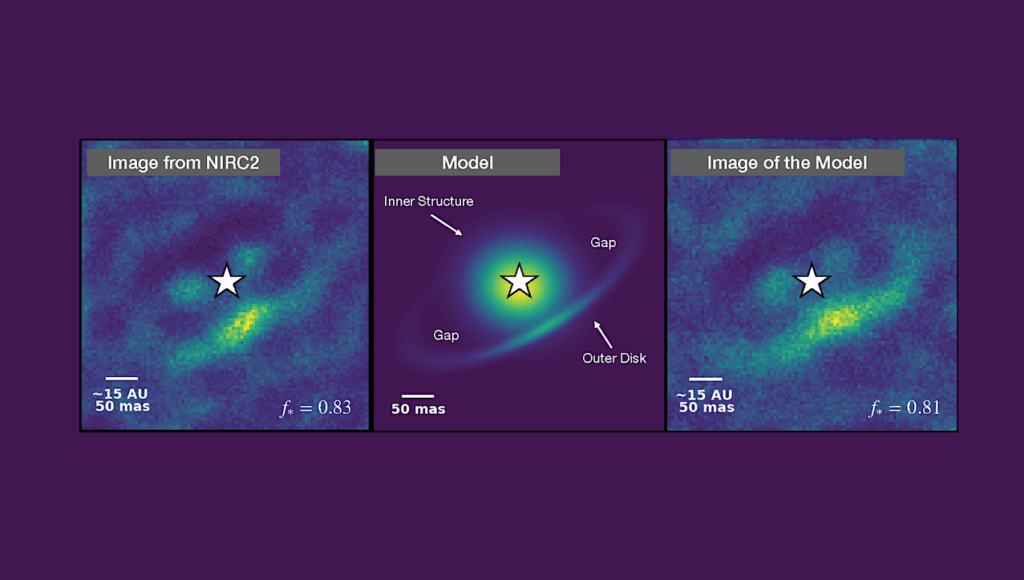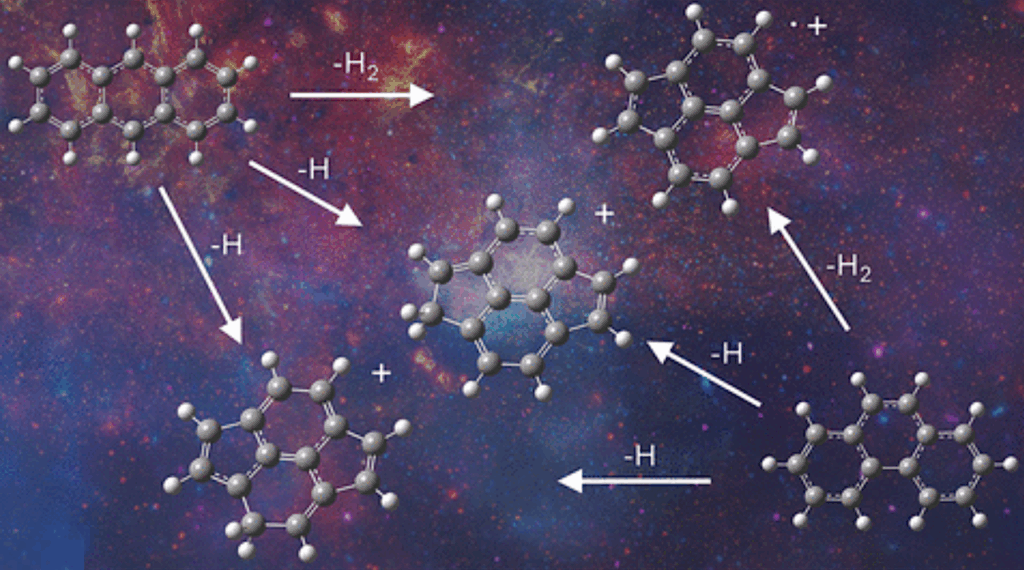Awesome SOSS: Transmission Spectroscopy of WASP-96b with NIRISS/SOSS

The future is now – after its long-awaited launch in December 2021, JWST began science operations in July 2022 and is already revolutionizing exoplanet astronomy.
The Early Release Observations (ERO) program was designed to provide the first images and spectra from JWST, covering a multitude of science cases and using multiple modes of each on-board instrument. Here, we present transmission spectroscopy observations of the hot-Saturn WASP-96b with the Single Object Slitless Spectroscopy (SOSS) mode of the Near Infrared Imager and Slitless Spectrograph, observed as part of the ERO program.
As the SOSS mode presents some unique data reduction challenges, we provide an in-depth walk-through of the major steps necessary for the reduction of SOSS data: including background subtraction, correction of 1/f noise, and treatment of the trace order overlap. We furthermore offer potential routes to correct for field star contamination, which can occur due to the SOSS mode’s slitless nature. By comparing our extracted transmission spectrum with grids of atmosphere models, we find an atmosphere metallicity between 1x and 5x solar, and a solar carbon-to-oxygen ratio.
Moreover, our models indicate that no grey cloud deck is required to fit WASP-96b’s transmission spectrum, but find evidence for a slope shortward of 0.9μm, which could either be caused by enhanced Rayleigh scattering or the red wing of a pressure-broadened Na feature. Our work demonstrates the unique capabilities of the SOSS mode for exoplanet transmission spectroscopy and presents a step-by-step reduction guide for this new and exciting instrument.
Michael Radica, Luis Welbanks, Néstor Espinoza, Jake Taylor, Louis-Philippe Coulombe, Adina D. Feinstein, Jayesh Goyal, Nicholas Scarsdale, Loic Albert, Priyanka Baghel, Jacob L. Bean, Jasmina Blecic, David Lafrenière, Ryan J. MacDonald, Maria Zamyatina, Romain Allart, Étienne Artigau, Natasha E. Batalha, Neil James Cook, Nicolas B. Cowan, Lisa Dang, René Doyon, Marylou Fournier-Tondreau, Doug Johnstone, Michael R. Line, Sarah E. Moran, Sagnick Mukherjee, Stefan Pelletier, Pierre-Alexis Roy, Geert Jan Talens, Joseph Filippazzo, Klaus Pontoppidan, Kevin Volk
Comments: Companion to Taylor et al. Resubmitted to MNRAS with minor edits. 20 pages, 12 figures
Subjects: Earth and Planetary Astrophysics (astro-ph.EP)
Cite as: arXiv:2305.17001 [astro-ph.EP] (or arXiv:2305.17001v1 [astro-ph.EP] for this version)
https://doi.org/10.48550/arXiv.2305.17001
Focus to learn more
Submission history
From: Michael Radica
[v1] Fri, 26 May 2023 14:59:31 UTC (1,890 KB)
https://arxiv.org/abs/2305.17001
Astrobiology








